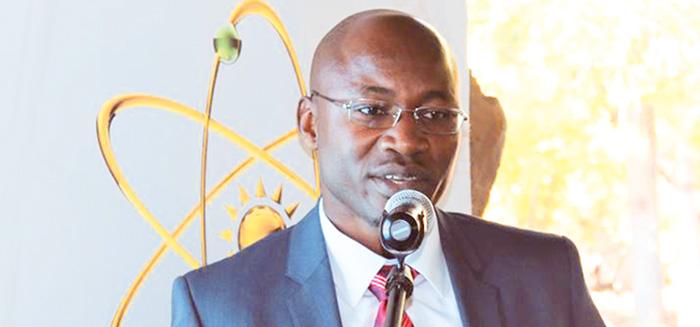
Erongo Red meets electricity demand
According to Benjamin Nangombe from Erongo Red, the Company has a healthy turnover in comparison to when the company first started its operations in 2005. “Our revenues have improved significantly from about N$180 million in 2005 to nearly N$700 million in the current financial year.”
Erongo Regional Electricity Distributor Company, commonly known as the Erongo RED was established within the context of the Government’s National Development Plan. Erongo RED’s inception took place on 1 July 2005 and the company assumed responsibility for the Electricity Revenue Management Services of the Walvis Bay customers from Monday 22 January 2007. “Our biggest clients are mainly bulk electricity users and comprise of fishing companies, government institutions, Namport and NamWater.”
In an interview conducted via mail, Nangombe told the Economist that they are currently supplying electricity to over 38,000 active electricity consumers.
“We supply electricity to bulk consumers and these are mainly consumers using above 55kVA. The second group is 3 phase electricity consumers made up of medium businesses, commercial farms and shops. The last group is single phase consumers which includes residential houses, flats, and small businesses.”
Last year the Company embarked on a campaign mainly aimed at helping pensioners, low income and low consuming customers whereby Erongo installed pre-paid meters for 20 & 30 amp free of charge in every household.
The Economist has learned that this initiative is still on-going and Nangombe confidently said that the number of pre-paid meter connections is still increasing. “In July 2009, the number of transacting pre-paid electricity users was 4505 and in just three years this number has nearly doubled to 8895, which is an average of 95% increase. The advantage of pre-paid electricity is that the consumers have control over their electricity consumption.”
“In addition, the pre-payment system has allowed us to offer subsidised tariffs to vulnerable segments of our customers like registered pensioners and low consuming residential customers.”
He said that although they have the responsibility to supply electricity to the Erongo Region to existing and potential electricity users, with rapid development and industrial activities taking place in the Erongo region, keeping pace with the electricity demand for the region is a challenge. “This means that we constantly have to upgrade our infrastructure to meet the growing electricity demand. Another challenge is to keep the price of electricity affordable while the cost of bringing electricity services to our customers is ever increasing. Another challenge that we are faced with, is to strengthen our relationship with our shareholders especially with the Municipality of Walvis Bay.”
Nangombe however reassured that Erongo Red will continue to provide electricity as such. “In addition, we want to make electricity accessible to all as fast as possible within our means.”
In 2005 when the Company first started, it employed 100 people, but today Erongo Red has a staff compliment of 267. “Thus directly supporting government call to reduce unemployment in the country.”
He said that the Company is currently busy working on new strategies to improve customer relations, relationship with shareholders and streamlining their internal processes so that they can provide efficient and effective service to customers. “We are also engaging our customers through consumer liaison committees to share ideas on issues of mutual concern. In addition, we are also working on the new corporate charter and the details will be communicated in due course.”











































